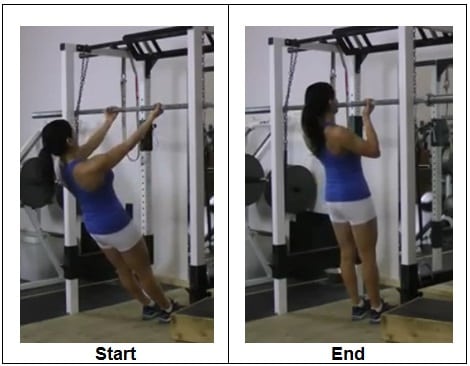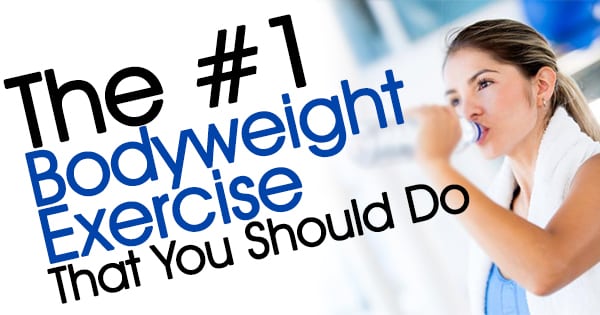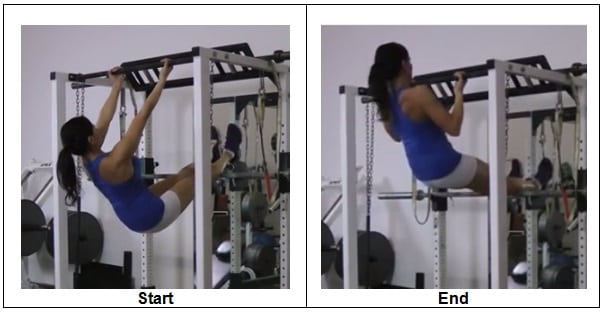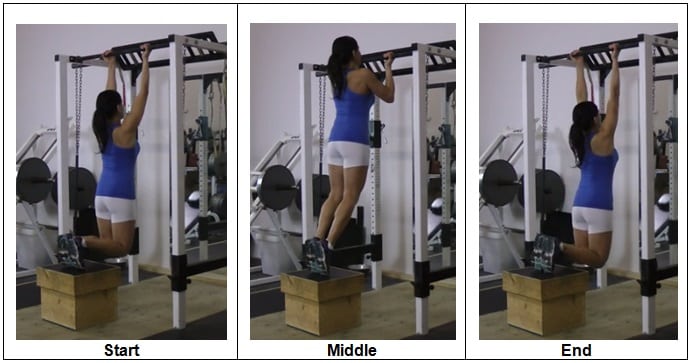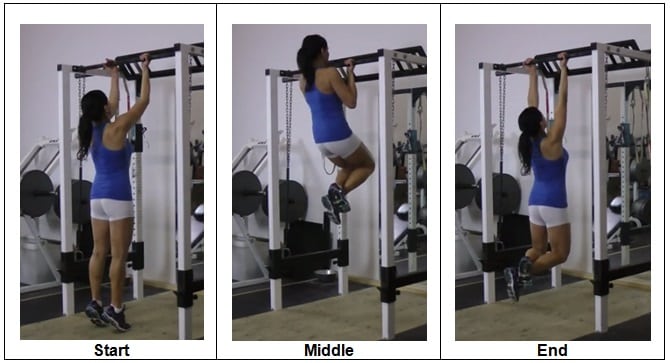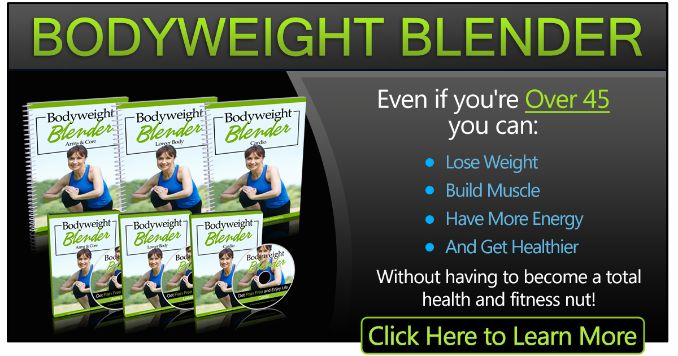
Before I get into the one bodyweight exercise that we should get all clients doing, I’m just going to double check that you’re doing these two; the glute bridge and the chin up/body row. These are both common exercises that I know many trainers use, but I just want to stress their importance.
Bodyweight Glute Bridge
Bodyweight Glute Bridge
CLICK HERE to watch the YouTube video.
Chin Up/Body Row – Inverted Bodyweight Row
Chin Up/Body Row – Inverted Bodyweight Row
CLICK HERE for the YouTube video.
In no other time in man’s history have we had such sorry excuses for backsides. With the sedentary lifestyle it’s no wonder your clients glute’s are weak and lazy. Not to mention what the excessive sitting does to your client’s body. First off it will cause them to have tight hip flexors, which pulls them into excessive anterior pelvic tilt and prevents full hip extension. Then the glutes stop working and become inhibited because they are never asked to do anything other than squat up off their chair to grab a coffee.
This is why at the very least we’ve got to do at least a set of glute bridges during our warm up to start to wake up those sleeping giants and prepare them to do some work in the main part of the workout. Heck, for some clients just the glute bridge alone is all the workout that they can handle to start with. Just make sure that your client is pushing off their heels and getting a good posterior pelvic tilt at the top position.
If you want to supercharge this you can either place a mini band just below the knees or just using manual pressure on the outside of your clients knees and try to push the knees together. Remember, one of the movements of the glutes is external rotation.
Bodyweight Glute Bridge with Tubing
Bodyweight Glute Bridge with Tubing
CLICK HERE to watch the YouTube video.
Another culprit of too much sitting is a rounded posture and a weak upper back. You probably see this posture in most new clients, hence why you should have every client doing some sort of chin up variation or supine row using either a TRX or bar.
If you start your clients with a supine or TRX row you can always adjust it to suit their current strength, but not every client is going to come in and be able to do a chin up, so where do you start. Most of you probably know some of these, but here are three options that work really well if need some ideas.
Elevated Chin Up/Body Row – Elevated Inverted Bodyweight Row
Elevated Chin Up/Body Row – Elevated Inverted Bodyweight Row
CLICK HERE to watch the YouTube video.
The first one you could do is using a “superband” to help assist the client, getting them to put the band under a bent knee or under their straight leg (which makes it a bit easier). The only downfall of using a band is that it can sometimes be too easy at the start and then get too hard at the top position.
Assisted Chin Ups with Superband
Assisted Chin Ups with Superband
CLICK HERE to watch the YouTube video.
The second option is to do eccentric only chin ups. This is where you can either have your client jump up to the top position or you can help them to the top position and then have them lower themselves down slowly. This works quite well, but if your client has to jump up to start with they may not be able to control themselves from excessively swinging which will make it hard to do more than a couple of reps.
Eccentric Chin Up
Eccentric Chin Up
CLICK HERE to watch the YouTube video.
The last option will only work if you client is able to do at least two chin ups. It’s something I’ve heard Pavel talk about called greasing the groove. Let’s say for example your client can do 2 good chin ups. You could have them do 1 good chin up between each set of whatever else is in their workout routine for the day (You always want to have the client do 1-2 reps short of where fatigue sets in). This way the are not going to complete fatigue and they are becoming more proficient in the movement. You could also use this with the eccentric only chin ups, although the number of reps typically changes during the workout as I find most people tend to get weaker the more reps they do with the eccentric’s only.
Full Chin Up
Full Chin Up
CLICK HERE to watch the YouTube video.
Now that we’ve made sure that you are doing glute bridges and some type of chin up or body row, the #1 bodyweight exercise that you should have all your clients doing is some form of crawling. There are a number of great benefits to crawling from building amazing core strength to motor re-patterning to stimulating the vestibular system. You will be shocked and amazed at how many clients, and possible you, struggle with crawling when you first try. (Note: I have found that people who continually struggle to master the cross pattern of crawling typically skipped the crawling stage as a child)
Just think about it; before you were able to stand on two feet you had to master crawling by developing the strength and motor control to stand up. There is a lot to be said about contra lateral movement and training the slings of the body, but that’s a whole other article on it’s own.
If you have never used crawling, try it out for a couple of weeks and find out what you’re missing. And for those of you who have used crawling before, don’t forget to include this in you clients programs, even if it’s at the end of a session for a little bit of play.
If you are health & fitness professional and looking for a resource that gives you the tools and exercises to help yourself and your client move better and get great results, then check out Bodyweight Corrective Exercises, here:
Scott Rawcliffe


